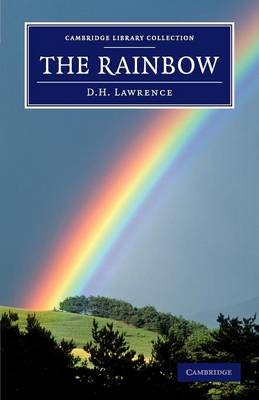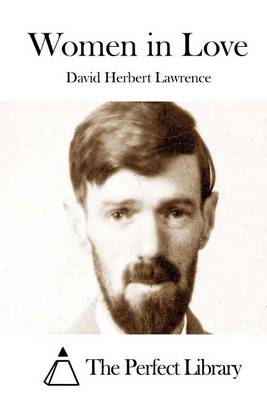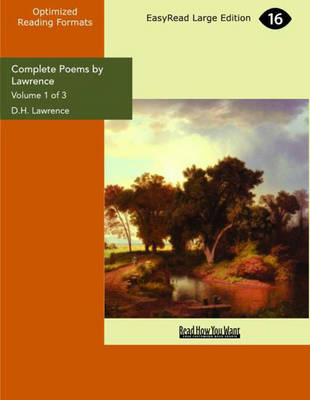2
3 total works
Set
David Herbert Lawrence (1885–1930) expected The Rainbow to cause a stir. In a characteristically open exploration of sensual and explicit themes, the novel traces more than sixty years of pre-war life and three generations of the Brangwen family. Employing language infused with the rich imagery and repetition of biblical texts to treat all subjects - from the green fields and empty skies of the Brangwen farm through to Ursula's encounter with a female schoolteacher - Lawrence took an assuredly striking approach. However, he was unprepared for the vitriolic attacks of his reviewers. The novel was branded 'utter filth' and 'a mass of obscenity'; it was banned only a month after its publication in 1915, unsold copies being confiscated and destroyed. A second, abridged edition would not appear for another eleven years. Now a landmark in the early modernist canon, the original and unabridged text of 1915 is reissued here.
Set
D. H. Lawrence wrote Women in Love (1921) during World War I and first published it as a sequel to one of his earlier novels, The Rainbow (1915). It is the story of two sisters and their lovers in the coal-mining town of Beldover.
Set
This anthology Complete poems of D. H. Lawrence comprises of Lawrences poetical masterpieces. This book shares top spot with other classics of the world. Employing various literary tools to depict multifarious and touching themes like optimism, joy, love, desolation, he creates a myriad of emotions. Medley of sensitive subjects, amalgamated with flight of fancies leaves the reader spellbound.


